Themed collection Modeling in Environmental Chemistry

Front cover

Inside front cover

Contents list
Modeling in environmental chemistry
Guest editors Matthew MacLeod, Todd Gouin and Thomas McKone introduce the Modeling in Environmental Chemistry themed issue of Environmental Science: Processes & Impacts.

Environ. Sci.: Processes Impacts, 2018,20, 10-11
https://doi.org/10.1039/C8EM90001A
Refining the aggregate exposure pathway
The elements of the aggregate exposure pathway have been refined to better facilitate organization, integration, and dissemination of exposure data.

Environ. Sci.: Processes Impacts, 2018,20, 428-436
https://doi.org/10.1039/C8EM00018B
Can the Stockholm convention address the spectrum of chemicals currently under regulatory scrutiny? Advocating a more prominent role for modeling in POP screening assessment
Applying POP screening to a large chemical domain requires less reliance on individual criteria and more on integrated assessment with models.

Environ. Sci.: Processes Impacts, 2018,20, 32-37
https://doi.org/10.1039/C7EM00473G
Fate and exposure modeling in regulatory chemical evaluation: new directions from retrospection
A regulatory perspective on the application of fate and exposure modeling in the past and for the future.
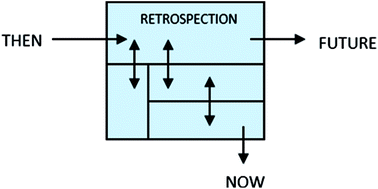
Environ. Sci.: Processes Impacts, 2018,20, 20-31
https://doi.org/10.1039/C7EM00510E
QSAR modeling of cumulative environmental end-points for the prioritization of hazardous chemicals
Indexes for the prioritization of potential hazardous chemicals can be derived and modelled by combining PCA and QSAR models.

Environ. Sci.: Processes Impacts, 2018,20, 38-47
https://doi.org/10.1039/C7EM00519A
Improving the relevance and efficiency of human exposure assessments within the process of regulatory risk assessment
The article explores how tiered and targeted information acquisition can improve the effectiveness of the human exposure assessment process.
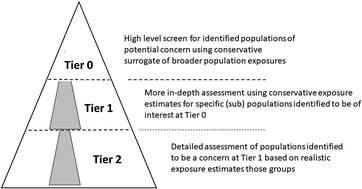
Environ. Sci.: Processes Impacts, 2018,20, 12-19
https://doi.org/10.1039/C7EM00434F
Physiological modes of action across species and toxicants: the key to predictive ecotoxicology
We outline a research strategy that will deliver more effective theory and models for environmental risk assessment of chemicals.
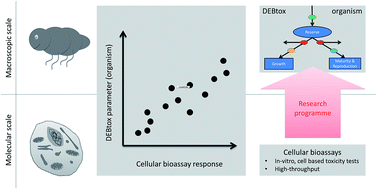
Environ. Sci.: Processes Impacts, 2018,20, 48-57
https://doi.org/10.1039/C7EM00328E
Environmental fate and exposure models: advances and challenges in 21st century chemical risk assessment
Twenty-five years of progress in modeling the environmental fate and exposure of organic contaminants is reviewed, and a strategy for more rapidly adopting scientific progress into regulatory models is proposed.
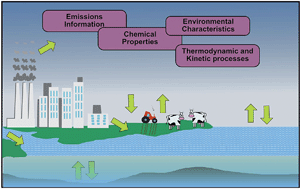
Environ. Sci.: Processes Impacts, 2018,20, 58-71
https://doi.org/10.1039/C7EM00568G
Development of a novel scoring system for identifying emerging chemical risks in the food chain
The European Food Safety Authority (EFSA) is responsible for risk assessment of all aspects of food and feed safety, including the establishment of procedures aimed at the identification of emerging risks to food safety.

Environ. Sci.: Processes Impacts, 2018,20, 340-353
https://doi.org/10.1039/C7EM00564D
Responses of deposition and bioaccumulation in the Great Lakes region to policy and other large-scale drivers of mercury emissions
The effect of policy on fish mercury levels varies spatially, even within the Great Lakes Basin.
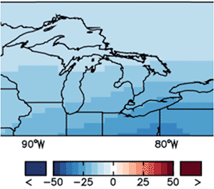
Environ. Sci.: Processes Impacts, 2018,20, 195-209
https://doi.org/10.1039/C7EM00547D
Development and validation of a simulation method, PeCHREM, for evaluating spatio-temporal concentration changes of paddy herbicides in rivers
A model simulating high-resolution concentration changes of various herbicides in Japan was developed and validated.
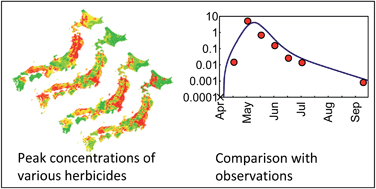
Environ. Sci.: Processes Impacts, 2018,20, 120-132
https://doi.org/10.1039/C7EM00517B
Quantifying variability in removal efficiencies of chemicals in activated sludge wastewater treatment plants – a meta-analytical approach
A meta-analysis summarises the removal of fragrances, surfactants, and pharmaceuticals and identifies the main influencing parameters.
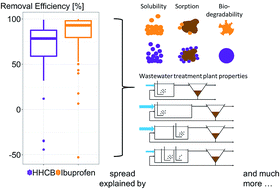
Environ. Sci.: Processes Impacts, 2018,20, 171-182
https://doi.org/10.1039/C7EM00493A
The influence of chemical degradation during dietary exposures to fish on biomagnification factors and bioaccumulation factors
The chemical dietary absorption efficiency (ED) quantifies the amount of chemical absorbed by an organism relative to the amount of chemical an organism is exposed to following ingestion.
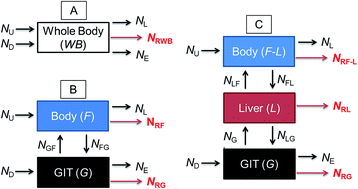
Environ. Sci.: Processes Impacts, 2018,20, 86-97
https://doi.org/10.1039/C7EM00539C
A critical assessment of the environmental fate of linear and cyclic volatile methylsiloxanes using multimedia fugacity models
Modeled residence times of volatile methyl siloxanes exceed several persistence criteria in aquatic environments.
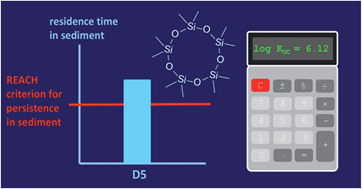
Environ. Sci.: Processes Impacts, 2018,20, 183-194
https://doi.org/10.1039/C7EM00524E
Do environmental dynamics matter in fate models? Exploring scenario dynamics for a terrestrial and an aquatic system
Most of the currently used risk assessment scenarios are based on steady scenario conditions which may not reflect environmental variations in time and space.
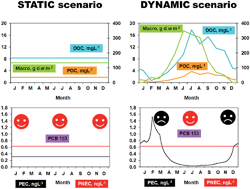
Environ. Sci.: Processes Impacts, 2018,20, 145-156
https://doi.org/10.1039/C7EM00530J
Source-to-exposure assessment with the Pangea multi-scale framework – case study in Australia
Global multi-scale modeling platform for spatial analysis of population intake and multimedia source apportionment of 4000+ Australian emission sources.
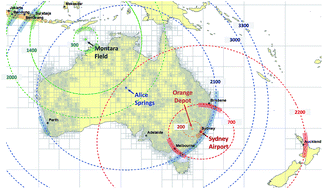
Environ. Sci.: Processes Impacts, 2018,20, 133-144
https://doi.org/10.1039/C7EM00523G
Is secondary organic aerosol yield governed by kinetic factors rather than equilibrium partitioning?
The concept of differential SOA yield and a consideration of kinetic processes are important when modelling SOA formation under atmospherically relevant conditions.
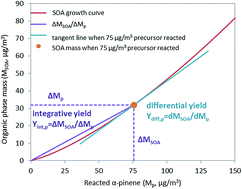
Environ. Sci.: Processes Impacts, 2018,20, 245-252
https://doi.org/10.1039/C7EM00451F
Passive sampling of DDT, DDE and DDD in sediments: accounting for degradation processes with reaction–diffusion modeling
Applying passive sampling to reactive species may be a way to obtain information about in situ reactivity of compounds in sediments that occur on timescales of days to months.
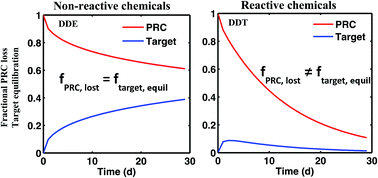
Environ. Sci.: Processes Impacts, 2018,20, 220-231
https://doi.org/10.1039/C7EM00501F
Effect of release of dopamine on iron transformations and reactive oxygen species (ROS) generation under conditions typical of coastal waters
Release of dopamine by Ulvaria obscura var. blyttii may, allelopathically, assist Ulvaria growth by H2O2 generation and benefit the bloom region through alleviation in iron stress and by mitigating the effects of other oxidative metabolites.
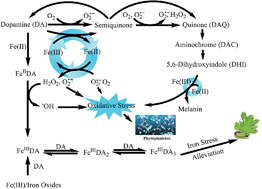
Environ. Sci.: Processes Impacts, 2018,20, 232-244
https://doi.org/10.1039/C7EM00497D
Evaluating parameter availability for physiologically based pharmacokinetic (PBPK) modeling of perfluorooctanoic acid (PFOA) in zebrafish
Physiologically based pharmacokinetic (PBPK) models are considered useful tools to describe the absorption, distribution, metabolism and excretion of xenobiotics.
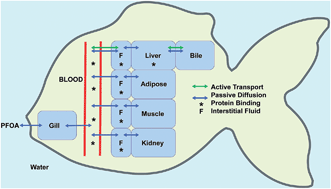
Environ. Sci.: Processes Impacts, 2018,20, 105-119
https://doi.org/10.1039/C7EM00474E
Bioconcentration, bioaccumulation, biomagnification and trophic magnification: a modelling perspective
The uptake and output processes and lipid content for an aquatic organism affects BCF, BAF, BMF, and TMF values.
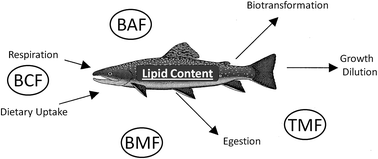
Environ. Sci.: Processes Impacts, 2018,20, 72-85
https://doi.org/10.1039/C7EM00485K
Modelling oral up-take of hydrophobic and super-hydrophobic chemicals in fish
PbTk simulations with hydrophobic chemicals have revealed that diffusive transport through aqueous boundary layers in the gastro-intestinal tract and in the blood is the limiting process for oral uptake scenarios. This process can only be modelled correctly if transport facilitated by albumin and bile micelles through these boundary layers is accounted for.
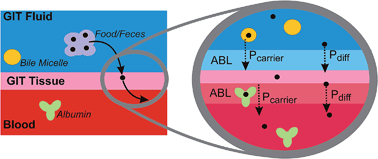
Environ. Sci.: Processes Impacts, 2018,20, 98-104
https://doi.org/10.1039/C7EM00495H
Quantitative structure–activity relationships for primary aerobic biodegradation of organic chemicals in pristine surface waters: starting points for predicting biodegradation under acclimatization
Microbial biomass and acclimation can affect the removal of organic chemicals in natural surface waters.
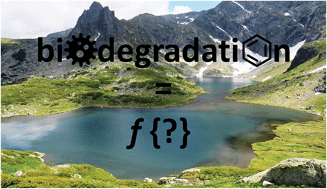
Environ. Sci.: Processes Impacts, 2018,20, 157-170
https://doi.org/10.1039/C7EM00375G
Calibration and evaluation of PUF-PAS sampling rates across the Global Atmospheric Passive Sampling (GAPS) network
Here we present and evaluate a method to determine PUF-PAS sampling rates (RS), and the effective sampling volume (Veff), for gas-phase chemical compounds deployed anywhere in the world.
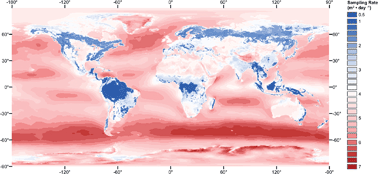
Environ. Sci.: Processes Impacts, 2018,20, 210-219
https://doi.org/10.1039/C7EM00360A
About this collection
Edited by ESPI Associate Editor Matthew MacLeod (Stockholm University) and Guest Editors Todd Gouin (TG Environmental Research) and Tom McKone (University of California), this collection showcases original research, perspectives, and reviews, relating to the use of modeling strategies to understand environmental systems. The specific topics covered in this issue range from global modeling of pollutants to bioaccumulation modeling, exposure assessment; modeling in regulatory risk assessments and more.